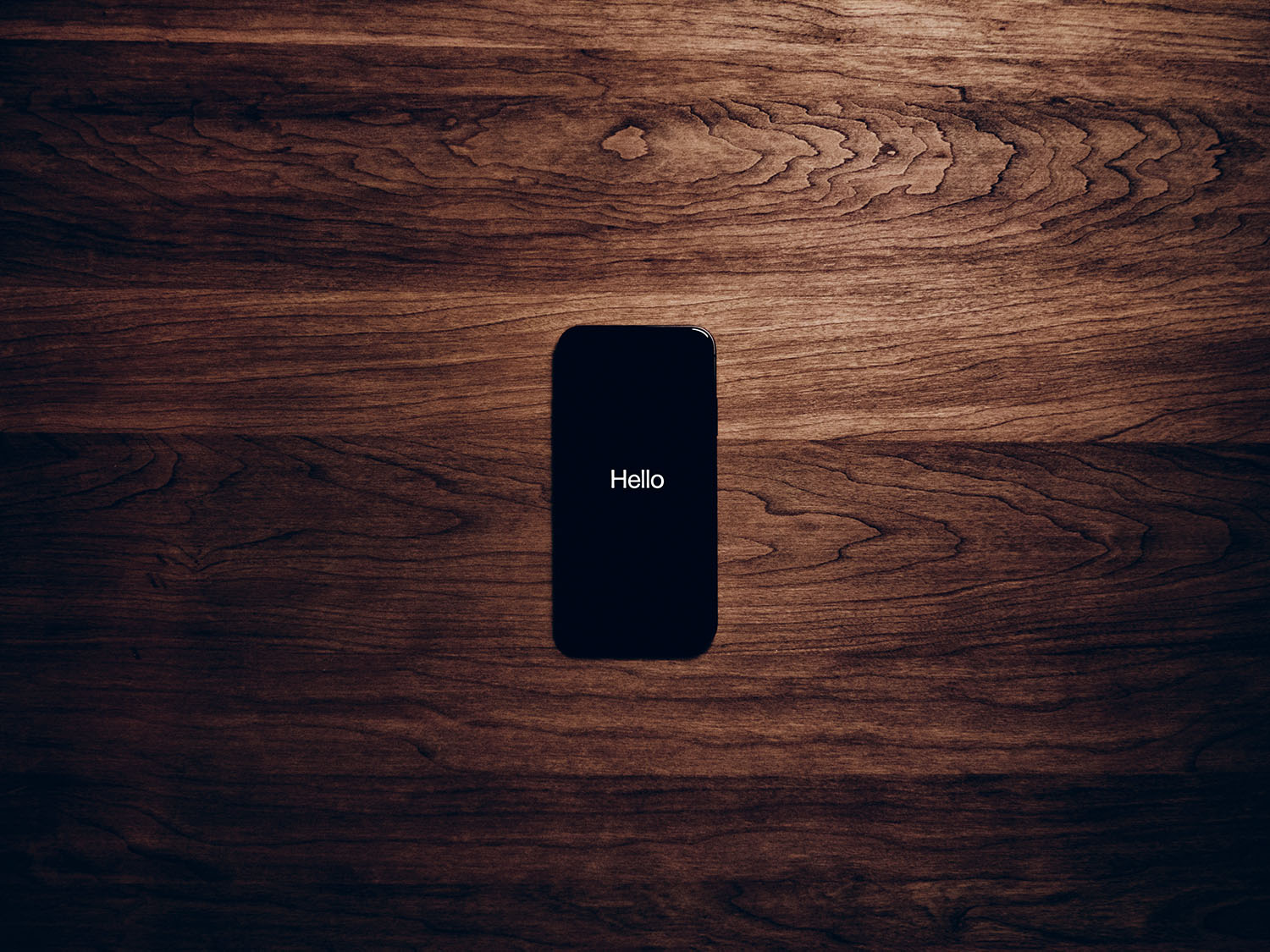
A recalibration of the status quo requires a critical mass of people understanding the common bonds of life and demanding dignity across all layers of social and environmental interaction. This shift in consciousness will be facilitated by making decisions aimed at providing a joyful existence to everyone. To climb out of the mental ruts of thinking that all matters of life can be reduced to survival of the fittest for limited resources, we can reshape our mindsets by accessing the universal insights stored within us all.




